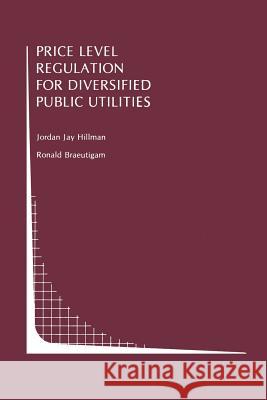Price Level Regulation for Diversified Public Utilities » książka
topmenu
Price Level Regulation for Diversified Public Utilities
ISBN-13: 9781461289005 / Angielski / Miękka / 2011 / 142 str.
Kategorie:
Kategorie BISAC:
Wydawca:
Springer
Seria wydawnicza:
Język:
Angielski
ISBN-13:
9781461289005
Rok wydania:
2011
Wydanie:
Softcover Repri
Numer serii:
000162823
Ilość stron:
142
Waga:
0.24 kg
Wymiary:
22.9 x 15.2
Oprawa:
Miękka
Wolumenów:
01
Dodatkowe informacje:
Wydanie ilustrowane











